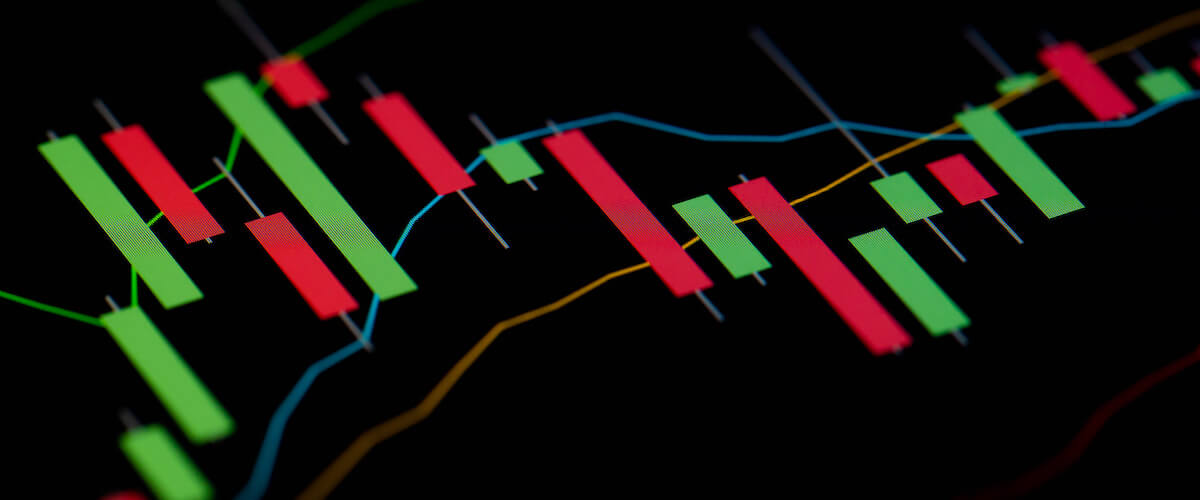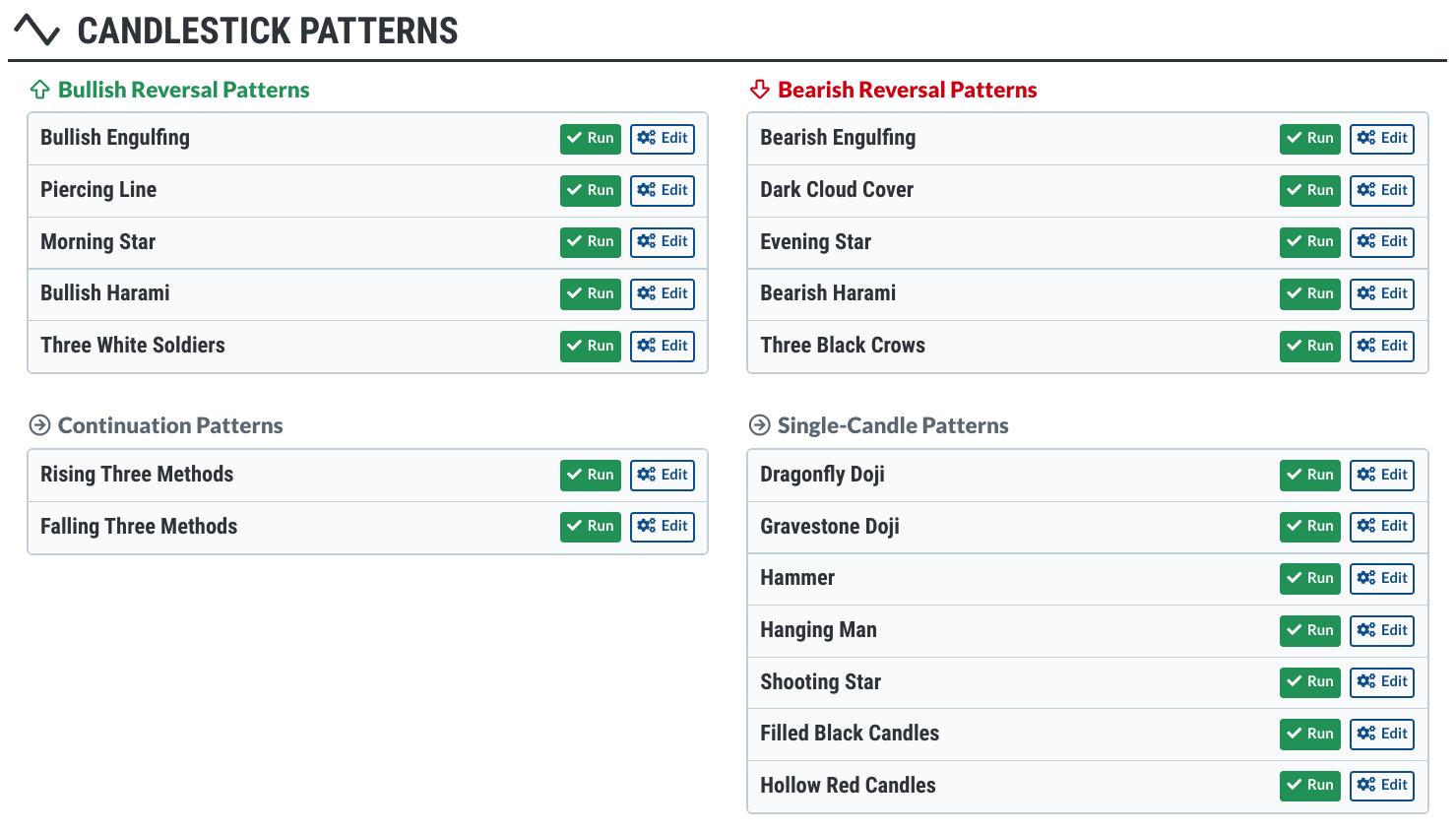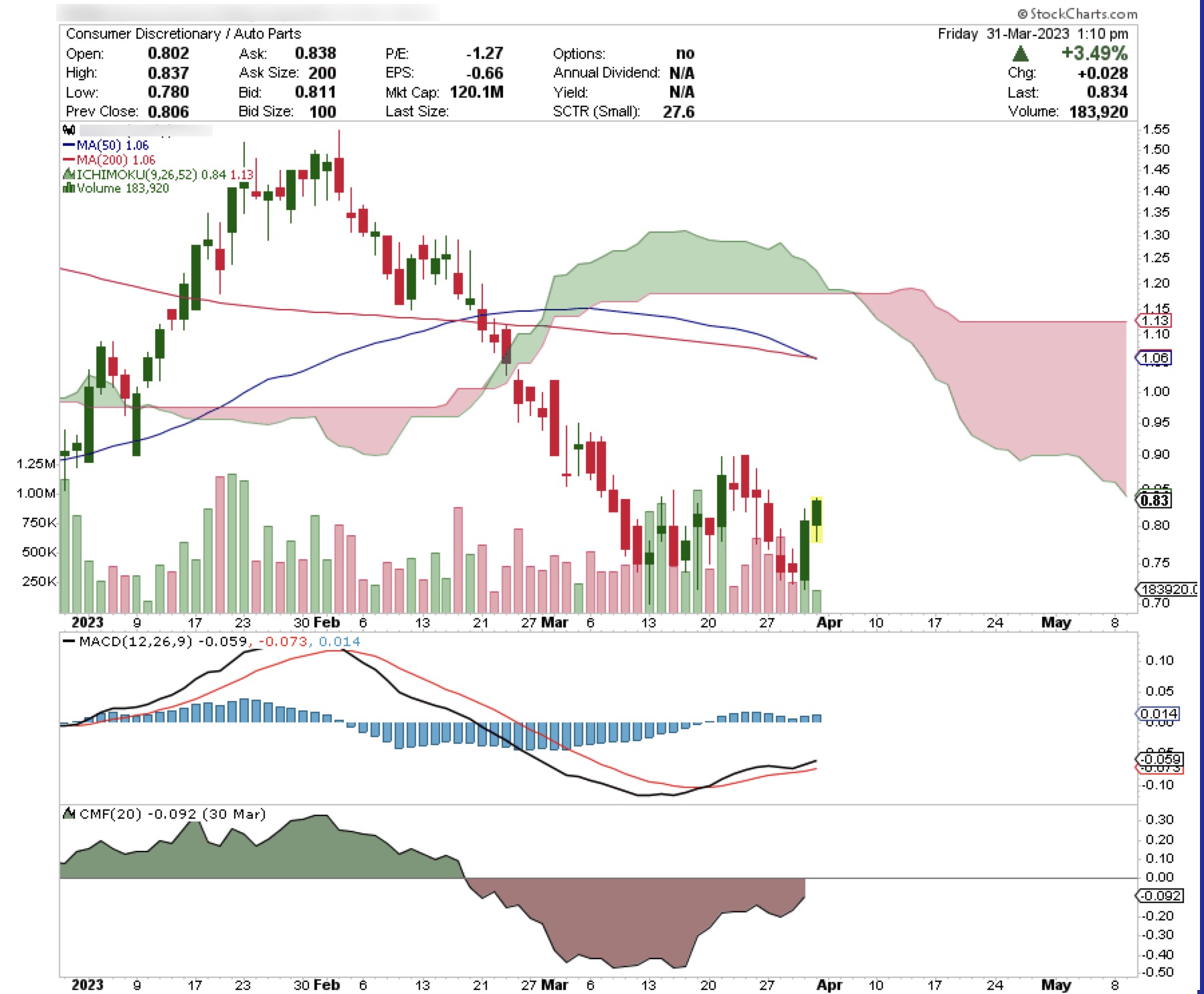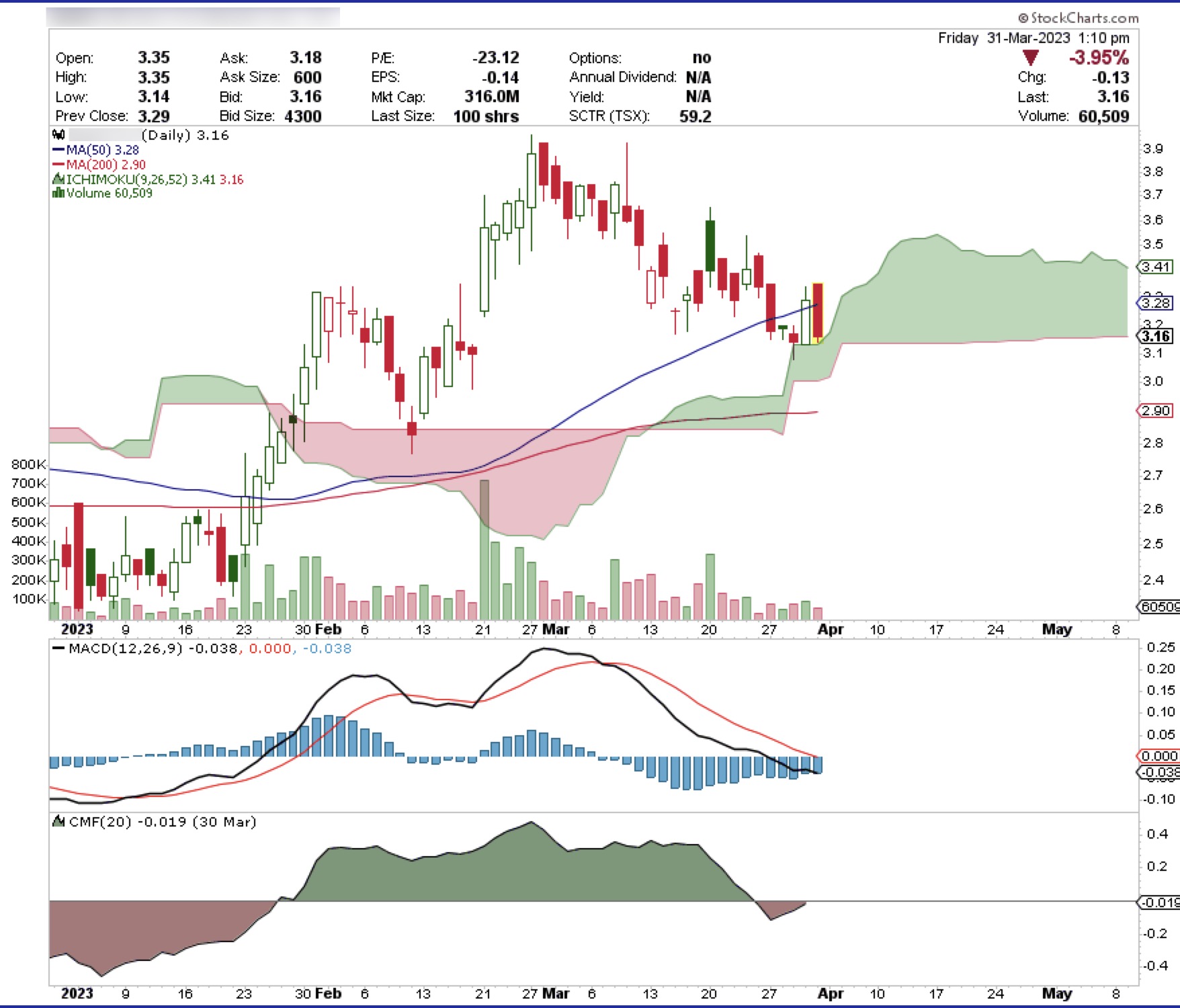
There are times when technical merit alone can justify the case for a trade.
The reason for this is that many traders often stick with a familiar list or category of stocks, and for obvious reasons: to avoid trading a stock that you know very little about or to check the fundamental basis for each trade. But there are thousands of stocks, and sticking to familiar territory can sometimes limit your opportunities. You may want to trade stocks you're familiar with, or you may prefer trading "patterns" that you're familiar with.
If this matches your style, then technical analysis-based scans might be your thing.
Here's one example: the bullish engulfing candlestick formation.
Scanning for Bullish Engulfing Patterns
Quick note here (based on Thomas Bulkowski's candlestick analysis in his book Encyclopedia of Candlestick Charts).
So, the bullish engulfing candlestick seems pretty good at first. After all, it has a 63% reversal rate, which means the price goes above the pattern's top about 63% of the time.
But there's a catch: The results after a breakout can be a bit of a letdown depending on the context. So, you may need to take a closer look. A more thorough examination reveals that this pattern does better when the price goes down. In other words, it works best in a downtrend or a bear market, according to historical performance stats (based on Bulkowski's studies).
Let's consider a scan that looks for engulfing patterns in a downtrend.
1. Fire-Up the Scan Library
From Your Dashboard, under Member Tools, scroll down to Sample Scan Library. You can also access the scan library from the Charts & Tools tab. This functionality was added in the most recent release and is available to all StockCharts members.

CHART 1: SAMPLE SCAN LIBRARY. This can be accessed from Your Dashboard or the Charts & Tools tab.Chart source: StockCharts.com. For illustrative purposes only.
Here, you'll have access to various scan protocols covering a wide range of technical criteria.
2. Search for and Run the Bullish Engulfing Scan
This pattern is one of the built-in models on the page, and it can be found in the candlestick patterns section.

CHART 2: CANDLESTICK PATTERNS SECTION OF THE SCAN LIBRARY. There are several candlestick patterns to choose from.Chart source: StockCharts.com. For illustrative purposes only.
3. Organize the Results
Every trader has their own preferences regarding trading volume, sector, or any other fundamental and technical criteria. For the sake of example, let's rank the scan results according to StockCharts Technical Rank (STCR) score. After all, you're looking for favorable "technical" results, right?
But there's a caveat with this pattern: since bullish engulfing patterns work best for downtrending stocks, the SCTR scores will likely be low, considering its "potential" recovery from a downtrend.
When you run the scan, you'll get a list of several stocks. For the sake of demonstration, let's zero-in on a few stocks in the last. The lesson here is that, no matter the pattern or technical ranking, context is always king.
4. Analyze the Context
Note: None of these stock examples are meant to be "tradable" examples. They are intended for educational purposes only and aimed at demonstrating the StockCharts scan engine, and not necessarily the stocks.
Based on the Bullish Engulfing stats mentioned earlier in this article, there are certain scenarios you want to avoid. For the favorable scenarios, you still have a lot of set-up homework to do.
Hypothetical Scan Example 1

CHART 3: DOING A DEEPER DIVE INTO THE SCAN RESULTS. Adding indicators such as the MACD and Chaikin Money Flow can help confirm whether a trend reversal is likely.Chart source: StockCharts.com. For illustrative purposes only.
- The bullish engulfing pattern is pretty evident, but the volume is low.
- Although you can argue that it's "bottoming," with the Moving Average Convergence/Divergence (MACD) turning up and the Chaikin Money Flow trying to claw its way up to the zero line, look at the 50-day SMA, which hints at crossing below the 200-day simple moving average (Death Cross?).
- See the thick Ichimoku Cloud, which hints at a potential resistance level?
Maybe not the best prospect for a swing trade. Still, it's a sketchy trade prospect.
Hypothetical Scan Example 2

CHART 4: ANOTHER EXAMPLE OF ANALYZING SCAN CANDIDATES. This candidate may present a more favorable prospect.
This gives you a different picture.
- The Chaikin Money Flow looks like it's about to tip back over the zero line, having descended from positive territory.
- The MACD is above the baseline and hints at turning up as well.
- The 50-day simple moving average (SMA) is trading above the 200-day SMA and is rising.
- Price found support at the Ichimoku cloud (K=aka, "kumo").
- Although the current price action seems to be reversing the previous day's bullish engulfing pattern, the cloud's position as support keeps the trade relatively "valid."
Compared to the first example, this might look like a more favorable prospect.
And Here's the Lesson...
Running a technical scan will present you with several trading opportunities. Although it may take some scouring to find a more favorable or ideal trading setup, using the scan will save you a lot of time.
Context is king, and a single technical chart pattern can take the form of numerous trading scenarios. It goes without saying that pattern-scanning technology isn't a panacea but more like a "research assistant" -- you can use it to your advantage, or abuse it to your disadvantage.
The Bottom Line
Remember that technical patterns can change based on the context, but if you're open to exploring technically-based trading opportunities, tools like StockCharts' scan library can help you find them. Running a technical scan can quickly reveal numerous potentially tradable scenarios. Even though it might take a bit of effort to pinpoint the perfect setup, using scans can save you time and even help you discover a few opportunities that you might have missed without the right tools.
Disclaimer: This blog is for educational purposes only and should not be construed as financial advice. The ideas and strategies should never be used without first assessing your own personal and financial situation, or without consulting a financial professional.
Happy charting!
